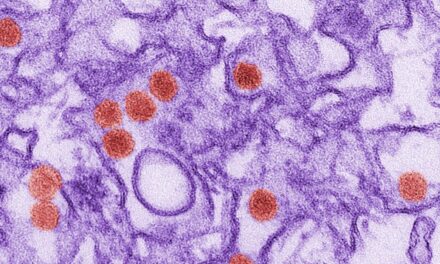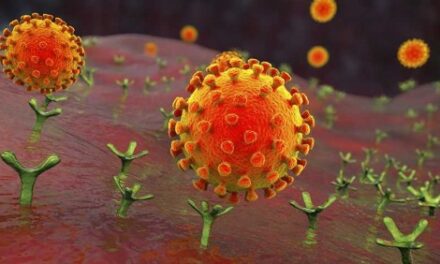ANN ARBOR, Mich.–(Newswise)–Infection is a stronger trigger of stroke death in African- Americans than in whites, a University of Michigan study shows.
African-Americans were 39 times more likely to die of a stroke if they were exposed to an infection in the previous month when compared to other time periods while whites were four times more likely and Hispanics were five times more likely to die of stroke after an infection, according to the findings that appear online Feb. 7 in Neurology.
The most frequent infections were urinary, skin, and respiratory tract infections and occurred within 30 days of a stroke.
“Infection before stroke appears to be most lethal for black Americans,” says lead author Deborah A. Levine, M.D., M.P.H., assistant professor of medicine in the division of general medicine in the U-M Medical School. “We know that African- Americans have a much greater risk of dying from a stroke than white Americans, and we wanted to know if infection – which research suggests is a stroke trigger – might contribute to this disparity.”
Infection is believed to promote the formation of blood clots and fat buildup in arteries, which block the artery and stop the flow of blood to the brain causing a stroke.
Racial disparities in stroke death continue to widen in the U.S. where blacks are twice as likely to die from stroke as whites. The new findings show that all ethnic and racial groups had a higher risk of stroke following an infection but there were significant disparities in subsequent stroke deaths.
Infection appeared to be a trigger of stroke death in whites and Hispanics as well, but it was particularly potent in African-Americans.
Infection also occurred more often before stroke death in black Americans, with 70 percent experiencing an infection in the 30 days before stroke death compared to a frequency of 15 percent in months that were not followed by a stroke death. Infection occurred less often before stroke death in white Americans, with 45 percent experiencing an infection in the month before stroke death compared to a frequency of 19 percent in months that were not followed by a stroke death.
Although earlier studies suggested that respiratory infections are the most potent triggers of stroke, Levine and colleagues found that urinary tract infections and skin infections seemed to be just as strong of triggers.
The study was based on data from the Health and Retirement Study, a nationally-representative sample of older Americans that is conducted by the U-M Institute for Social Research on behalf of the National Institute of Aging.
“Because of the higher stroke mortality rate among black Americans, there has been much attention on racial differences in vascular risk factors, like hypertension, and health behaviors but less attention on acute exposures that might contribute to racial differences in stroke deaths,” Levine says.
“It is unclear why acute infection is more common, more lethal, or a more powerful trigger for stroke death in black Americans. Genetic risks, clinical, economic or environmental factors, and differences in access to health care are potential reasons. We need further studies to better understand this disparity so we can prevent more black Americans from dying of stroke, particularly after infection,” Levine says.


